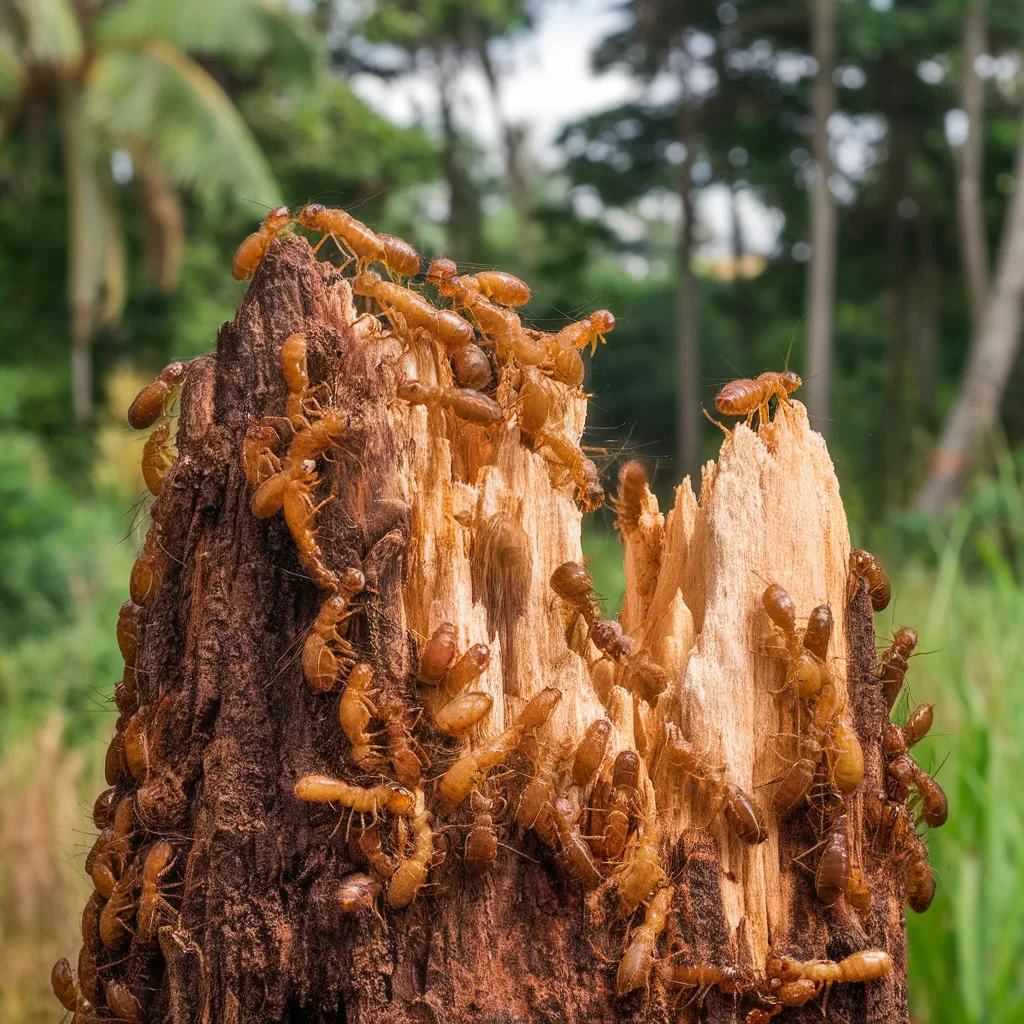Personal Safety
First, check to make sure that all members of the family are safe. Have a staging area in the central part of the home. Take a headcount of people and pets. Perform first aid duties if necessary. If someone is trapped, try to remove the obstacle. Do not try to drag an individual out, unless there is a fire or immediate harm to the trapped person.
If there are downed power lines or broken gas lines inside the home, evacuate as quickly as you can. do not attempt to move these items unless they block your exit. Call the proper authorities for these types of problems.
Call or Contact the Insurance Company
If you can’t reach anyone, leave a message. If you know your agent’s number phone them. Leave the important information they need. Emails are used for follow-ups.
Take Pictures/Video Tape
You want to take pictures of everything damaged. Take both inside and outside pictures. It could be some time before you are contacted by an agent. Use this time for pictures, videos, and notes.
Prevent Further Damage
Use plastic garbage bags, tarps, and event tents to protect your exposed belongings. Move exposed items to a safe area of the home or into a garage. Secure items from looters.
Ask your Agent
Many times an agent can find you a contractor for remedial help. If they can’t, get permission from them to proceed. You must ask first. Acting without asking can cause you to lose out on restitution from the insurance company.
Tree Removal
An outside company will charge you from $400 to $2000. If you have the skill and tools, you could remove them yourself. Make sure you have permission from the insurance company.
Neighbors
If the tree is on your and your neighbor’s property, work together on the removal of the tree. Usually, the property that the tree comes from will be liable to their insurance company for aid. In some cases, both parties can file claims. If you are covered, it usually doesn’t matter where the tree comes from. High winds and tornadoes can bring trees and limbs from blocks away. This is called a “covered peril.” Your homeowner’s insurance should cover this.
Finally
Be truthful with your insurance company and neighbors. Work through this tragic event. Remember, this was an accident. There was no intent to do damage.



